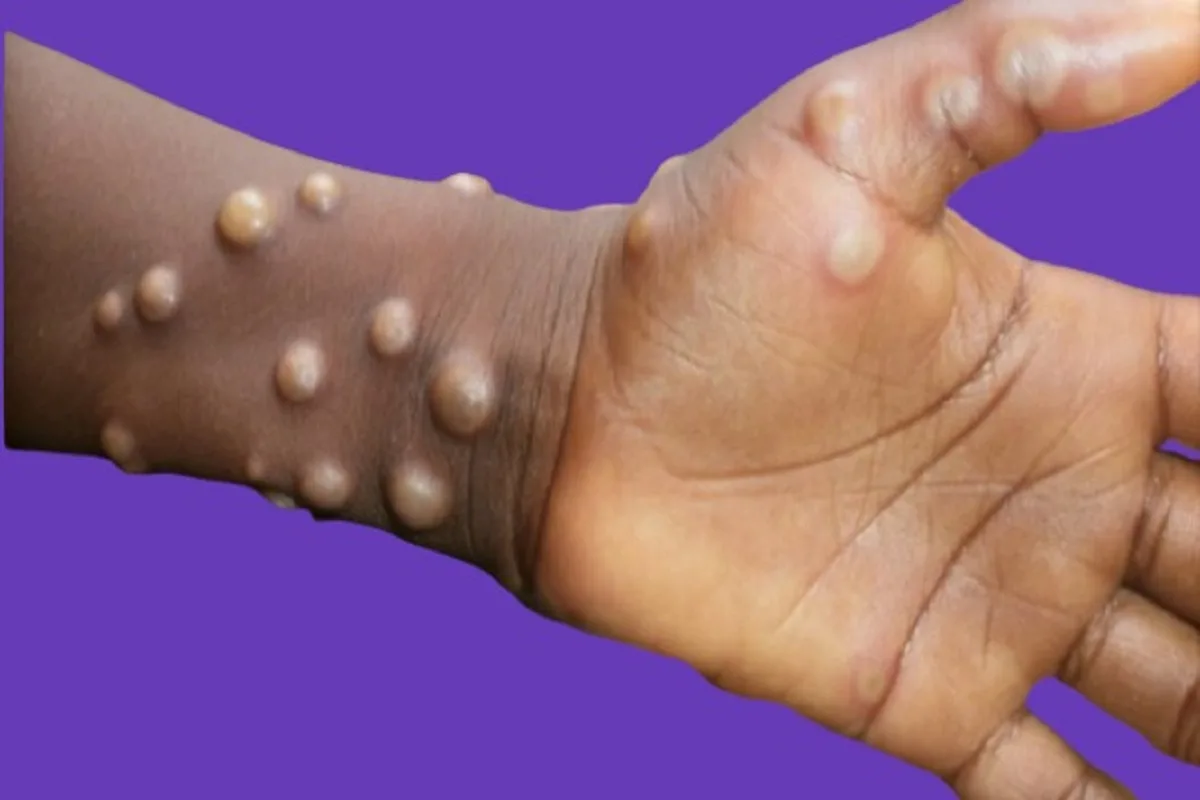Historical Context and Ethnomedicinal Uses
The use of Euphorbia tirucalli dates back centuries, particularly in African, Asian, and some South American communities. Traditionally, this plant has been utilized for its antiseptic, anti-inflammatory, and analgesic properties. The sap of the Euphorbia tirucalli contains a milky latex that is often employed in folk medicine, although caution is advised due to its potential toxicity.
Key Traditional Applications
- Skin Conditions:
- Treatment for warts, eczema, and other skin irritations.
- The latex is used for its antibacterial properties.
- Respiratory Ailments:
- Traditional cough remedies and treatments for asthma.
- Euphorbia tirucalli is believed to help in loosening mucus.
- Digestive Issues:
- Used as a laxative in some cultures.
- Believed to alleviate symptoms of dysentery.
- Pain Relief:
- Applied topically to relieve pain and inflammation.
- Used in poultices for joint pain.
- Fever Reduction:
- Traditionally used to manage fever symptoms.
- Believed to have antipyretic properties.
Table: Summary of Traditional Uses of Euphorbia tirucalli
| Condition | Traditional Use | Method of Application |
|---|---|---|
| Skin Conditions | Treatment for warts, eczema | Topical application of latex |
| Respiratory Ailments | Cough and asthma relief | Inhalation of smoke or decoction |
| Digestive Issues | Laxative and dysentery treatment | Oral consumption of prepared extracts |
| Pain Relief | Topical pain relief for joints and muscles | Poultice application |
| Fever | Management of fever symptoms | Oral decoction or infusion |
Active Compounds and Pharmacological Properties
The therapeutic potential of Euphorbia tirucalli can be attributed to several bioactive compounds, including flavonoids, saponins, and alkaloids. Recent studies have identified various pharmacological activities associated with these compounds, which include:
- Antimicrobial Activity: Some studies have demonstrated that extracts of Euphorbia tirucalli exhibit antimicrobial properties against various pathogens, reinforcing its use in treating skin infections.
- Anti-inflammatory Effects: Compounds isolated from the plant have shown potential to reduce inflammation, making it beneficial for conditions such as arthritis.
- Antioxidant Properties: The presence of flavonoids contributes to its antioxidant capacity, which can aid in cellular protection and reduce oxidative stress.
“Nature itself is the best physician.” – Hippocrates
Contemporary Research and Clinical Implications
Despite its traditional uses, scientific research into Euphorbia tirucalli remains limited. However, there has been a growing interest in validating its medicinal properties through modern clinical trials.
Areas of Focus
- Safety and Toxicity: While the plant has been used medicinally, the latex is toxic in nature and can cause skin irritation. Further research is required to establish safe dosages and methods of application.
- Clinical Efficacy: Studies aiming to evaluate the efficacy of Euphorbia tirucalli in treating specific conditions such as asthma and skin disorders could pave the way for its acceptance in modern pharmacology.
- Standardization of Extracts: The development of standardized extracts can facilitate more consistent therapeutic applications, enabling healthcare providers to use it more safely and effectively.
FAQs about Euphorbia tirucalli
What is Euphorbia tirucalli used for in traditional medicine?
Euphorbia tirucalli is traditionally used for treating skin conditions, respiratory ailments, digestive issues, and pain relief.
Is Euphorbia tirucalli safe for everyone?
While it has many medicinal uses, the latex can be toxic and may cause skin irritation. Consultation with a healthcare professional is recommended before use.
Can Euphorbia tirucalli be used for respiratory issues?
Yes, it has been traditionally used for coughs and asthma, though scientific validation is still needed.
How is Euphorbia tirucalli applied medicinally?
It can be applied topically (in the form of latex or poultices) or consumed as a decoction or infusion, depending on the condition being treated.
Are there any side effects associated with Euphorbia tirucalli?
Side effects can include skin irritation, allergic reactions, and gastrointestinal issues. It’s crucial to use caution and consult a professional.
Conclusion
Euphorbia tirucalli stands as a testament to the rich tradition of herbal medicine, with its applications spanning across various cultures and conditions. While its historical use provides a foundation for its medicinal significance, contemporary research is essential to ensure safe and effective use in modern healthcare. By bridging traditional knowledge with scientific inquiry, we can unlock the full potential of this remarkable plant in the realm of medicine.
see also The Healing Power of Mushrooms: Essential Nutrients and Beyond































